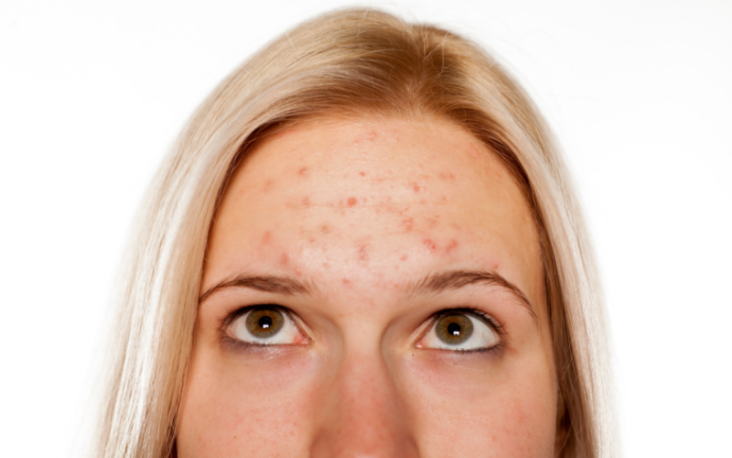When it comes to achieving healthy, glowing skin, most people focus on topical treatments and skincare routines. However, science is increasingly revealing that what happens inside our bodies—particularly in our gut—plays a significant role in the appearance and health of our skin. The gut-skin connection is a growing area of interest in dermatology, with probiotics emerging as a key player in maintaining a clear and radiant complexion.
Understanding the Gut-Skin Connection
The gut and skin are intricately linked through what is known as the gut-skin axis. This connection means that imbalances in gut bacteria, known as dysbiosis, can contribute to common skin concerns such as acne, rosacea, eczema, and premature aging. When the gut microbiome is disrupted, it can lead to inflammation, increased oxidative stress, and a weakened skin barrier, all of which impact skin health.
How Probiotics Support Skin Health
Probiotics, often referred to as “good bacteria,” help balance the gut microbiome and, in turn, support skin health in several ways:
- Reducing Inflammation: Chronic inflammation is a root cause of many skin issues. Probiotics help reduce systemic inflammation by promoting a healthy gut environment.
- Strengthening the Skin Barrier: A well-balanced gut microbiome enhances the skin’s ability to retain moisture and protect itself from environmental aggressors.
- Managing Acne and Breakouts: Certain probiotic strains have been shown to decrease acne severity by balancing oil production and reducing inflammation.
- Improving Hydration and Elasticity: Probiotics can support the production of ceramides, essential lipids that help keep skin hydrated and youthful.
How to Incorporate Probiotics for Better Skin
To reap the skincare benefits of probiotics, consider incorporating them into your diet and skincare routine:
- Dietary Sources: Foods rich in natural probiotics include yogurt, kefir, kimchi, sauerkraut, miso, and kombucha.
- Probiotic Supplements: If you struggle to get enough probiotics through diet alone, high-quality probiotic supplements can help maintain gut balance.
- Topical Probiotics: Skincare products infused with probiotics can help restore the skin microbiome, reduce redness, and enhance overall skin health.
A balanced gut is key to achieving clear, radiant skin. By nourishing your gut microbiome with probiotics, you can improve skin conditions, reduce inflammation, and enhance your complexion from the inside out. If you’re struggling with persistent skin concerns, consider discussing probiotic options with your dermatologist to find the best approach for your unique skin needs.
Would you like personalized skincare recommendations based on your skin and gut health? Schedule a consultation with our dermatology experts today!









